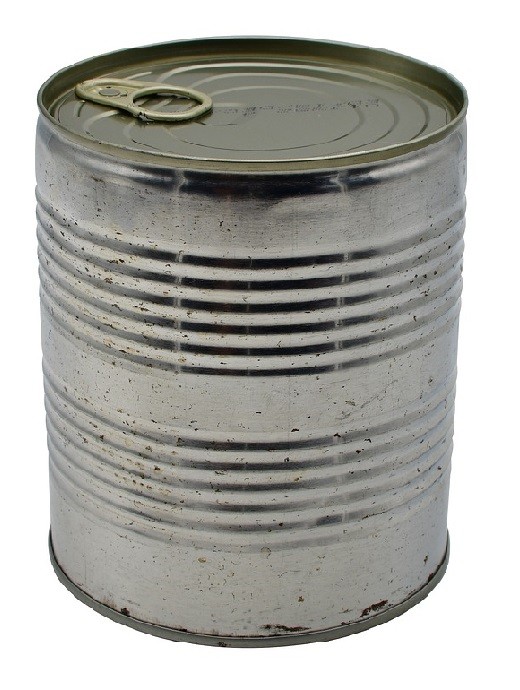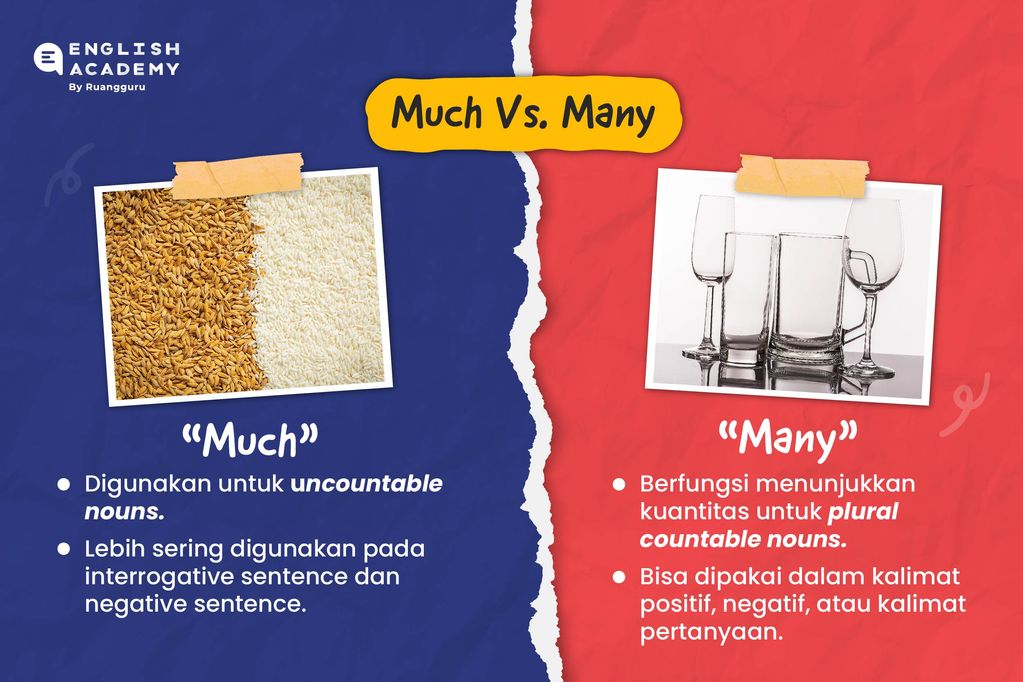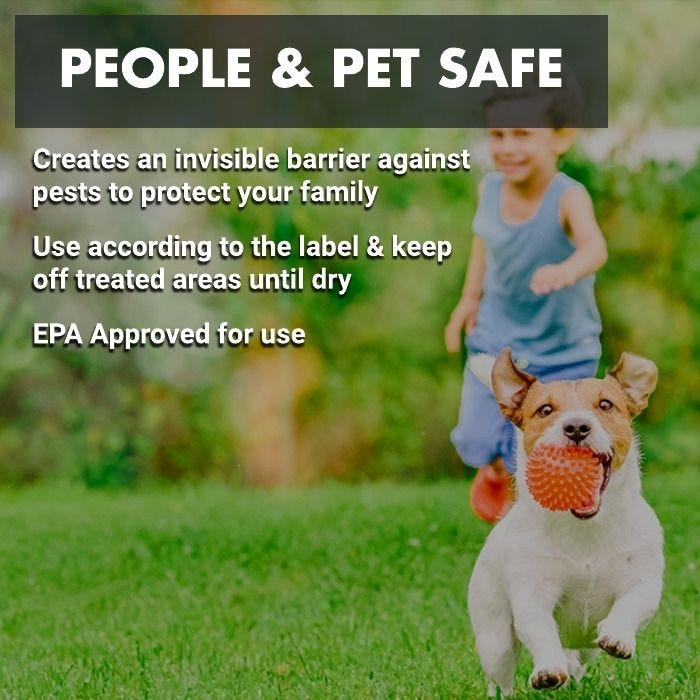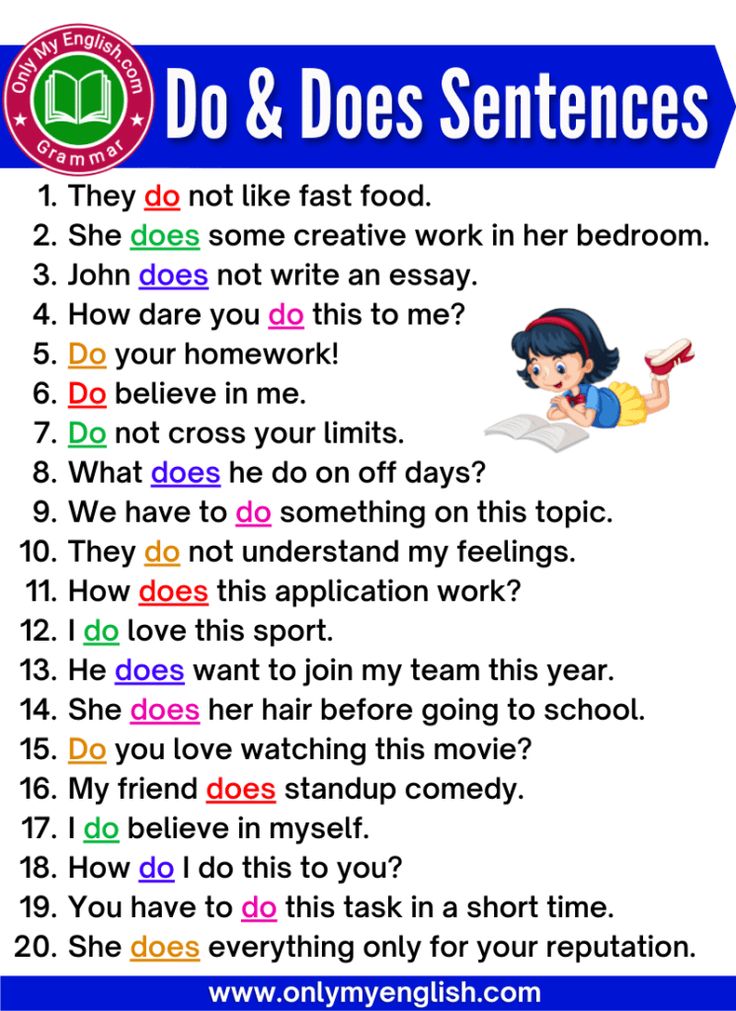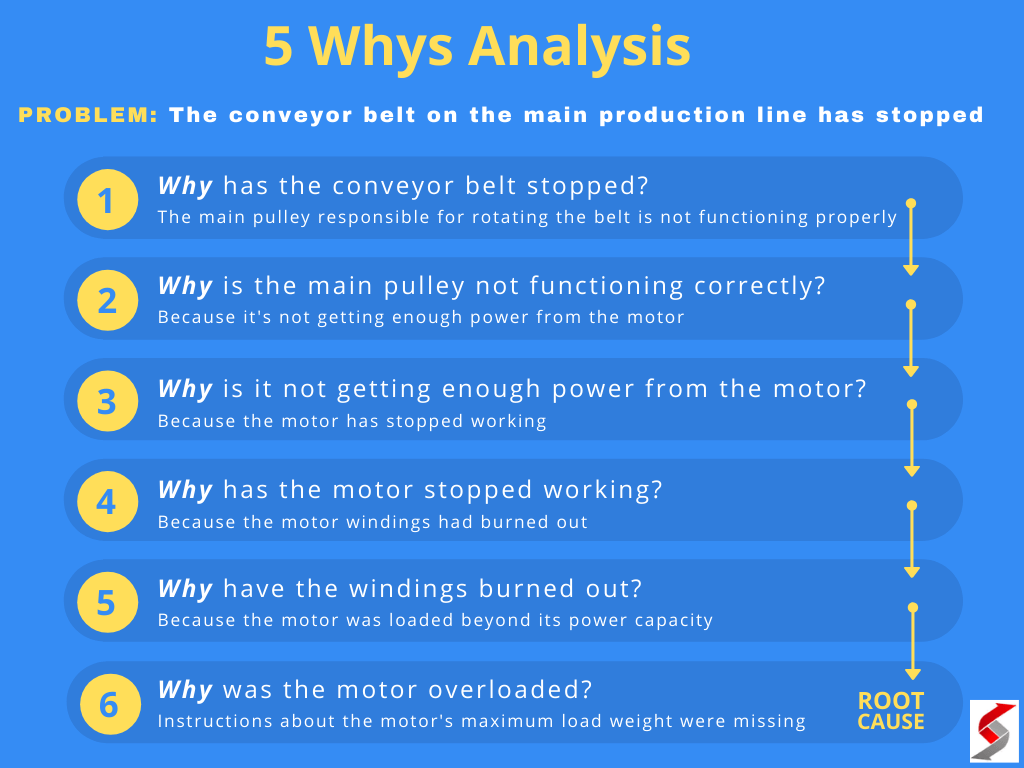Understanding Triazicide Safety for Pets: What Every Pet Owner Should Know
Introduction: Triazicide and Pet Safety
For many homeowners, maintaining a healthy, pest-free lawn is a top priority. Products like Triazicide Insect Killer are commonly used to control a wide range of insects. However, for households with pets, safety is a key concern. Understanding how to use Triazicide responsibly-while minimizing risks to dogs, cats, and other animals-is critical. This article provides evidence-based information, practical steps, and guidance on ensuring your pets remain safe when Triazicide is used around your home and garden.
What is Triazicide?
Triazicide is a broad-spectrum insecticide designed to kill over 260 lawn and landscape pests, including fleas, ticks, beetles, and ants. It is available in various formulations, such as concentrates for spraying and granular products for spreading. The primary active ingredient is
gamma-cyhalothrin
, a synthetic pyrethroid. Proper use of Triazicide can help protect lawns and ornamental plants from insect damage, but like all pesticides, it requires careful handling to avoid unintended consequences for non-target species-especially pets.
[2]
Is Triazicide Safe for Pets?
When used according to the manufacturer’s instructions, Triazicide can be safe for pets . The most important safety protocol is to keep pets (and children) out of treated areas until the product has fully dried . According to the manufacturer and multiple industry experts, pets may return to the lawn once Triazicide has dried-usually after 4 to 6 hours, depending on weather conditions. [1] [2] [4]

Source: allpetsadviser.com
Some product packaging and retailers explicitly state that Triazicide is not safe for pets or children until it has dried, but is considered safe thereafter. [5]
Key Safety Guidelines for Pet Owners
To minimize risks and keep your pets healthy, always follow these best practices:
- Read and follow the product label : The instructions provide specific details on application and reentry times. Never apply more product than recommended.
- Remove pets from the treatment area before starting your application. This includes dogs, cats, rabbits, and any free-roaming animals.
- Apply Triazicide in dry, calm weather : Avoid treatment if rain is forecast or if the lawn is wet, as this can delay drying and increase exposure risk.
- Wait for the product to dry completely before allowing pets or children back onto the lawn. Drying time may vary based on temperature and humidity, but 4-6 hours is typical.
- Avoid overwatering the treated area : Do not water to the point of runoff, as this can spread the pesticide and increase risk. [2]
For those with small children or sensitive pets, it may be prudent to wait longer (such as overnight) or consult your veterinarian for added peace of mind.
What to Do If Pets Are Accidentally Exposed
If your pet accidentally enters a treated area before it has dried, monitor them for symptoms such as excessive drooling, vomiting, tremors, or skin irritation. If ingestion or significant exposure is suspected, contact your veterinarian promptly. Bring the product label or the name of the active ingredient to your vet to assist in treatment. While severe poisoning is rare with proper use, rapid veterinary intervention can prevent serious health issues.
Special Considerations for Different Pets
While most guidance centers on dogs and cats, other animals-such as chickens, rabbits, or exotic pets-may have unique sensitivities. For example, poultry keepers report concerns about allowing chickens to forage on treated lawns. In these cases, it is wise to follow a conservative approach and delay reentry longer than for dogs or cats, since birds may ingest treated insects or soil. [3]
If you keep other livestock or exotic pets, consult a veterinarian with expertise in your animal’s species before using any pesticide product.
Alternatives to Triazicide for Pet-Friendly Pest Control
If you are concerned about using Triazicide around pets, there are alternative options:

Source: secrettohappypets.com
- Manual pest removal : Handpicking insects or using natural barriers can reduce pest populations without chemicals.
- Integrated Pest Management (IPM) : Combining cultural, mechanical, and biological controls can reduce reliance on chemical insecticides.
- Pet-safe insecticides : Some products use ingredients (such as diatomaceous earth or certain essential oils) that may be less risky for pets, but always verify safety claims and consult your vet before use.
Before switching to any new product, research its safety profile and effectiveness for your specific needs. If you are uncertain, consult your local cooperative extension service or veterinarian for guidance.
Step-by-Step Guidance for Safe Triazicide Use
1. Plan your application : Choose a day with no rain in the forecast and moderate temperatures. Remove all pets and toys from the treatment area.
2. Mix and apply Triazicide as directed : Use only the recommended amount, and avoid oversaturating the area.
3. Allow the area to dry completely : Wait at least 4-6 hours before allowing pets back on the lawn. In cool or humid conditions, wait longer to ensure safety.
4. Monitor your pets after reentry for any signs of illness, particularly if they are known to graze or chew on grass.
5. Store all pesticide products securely : Keep Triazicide and similar products out of reach of pets and children at all times.
Accessing Additional Support and Information
If you have questions about Triazicide use or your specific lawn and pet scenario, you can:
- Contact the Spectracide customer service line at 1-800-917-5438 for product-specific safety questions. [2]
- Consult your veterinarian for personalized guidance, especially if your pet has health conditions or unique sensitivities.
- Reach out to your local cooperative extension service for advice on pet-safe lawn care and pest management.
When in doubt, always err on the side of caution and keep pets off treated areas longer rather than shorter.
Summary: Making Informed Choices for Your Pets
Triazicide can be used in pet-friendly homes when label directions are followed and reentry is delayed until treated areas are completely dry. Responsible use-combined with close attention to pets’ behavior and health-ensures both effective pest control and animal safety. For those seeking alternatives, non-chemical options or professional consultation may be appropriate. Ultimately, the safety of your pets comes first, and informed, careful use of lawn products is essential to maintaining both a pest-free and pet-safe environment.
References
- [1] DoMyOwn (2021). Triazicide safety guidance for pets and children.
- [2] Spectracide (2025). Official Triazicide product label and safety details.
- [3] Backyard Chickens (2022). Community discussion on Triazicide and animal safety.
- [4] ePestSupply (2017). Q&A: Triazicide and pets.
- [5] Home Depot (2020). Product information and safety summary for Triazicide granules.
MORE FROM gowithdeal.com
